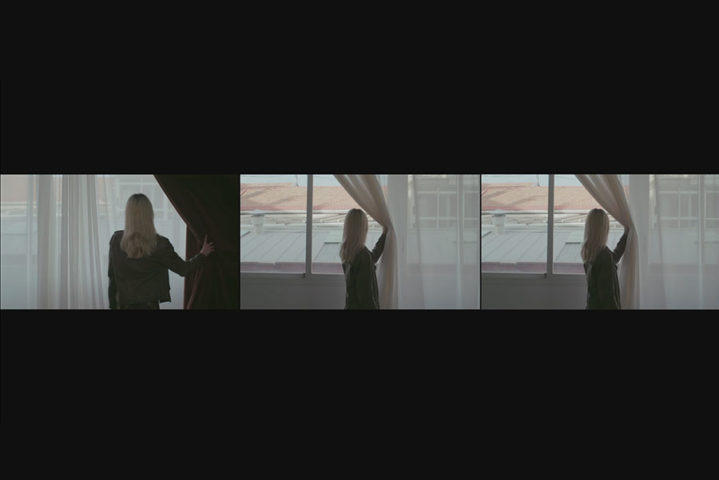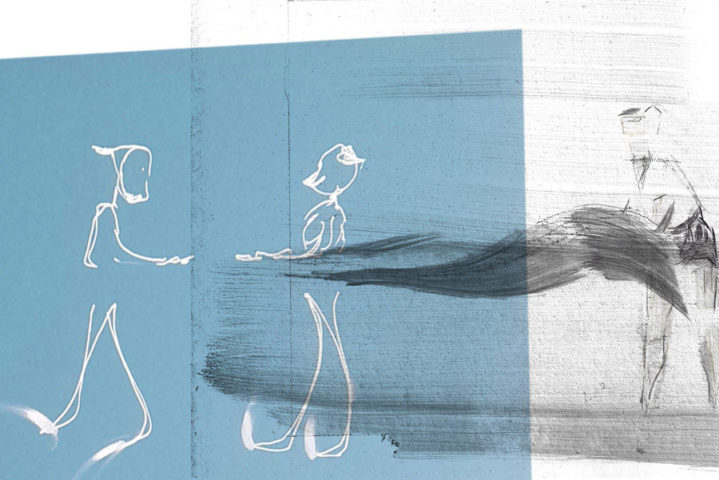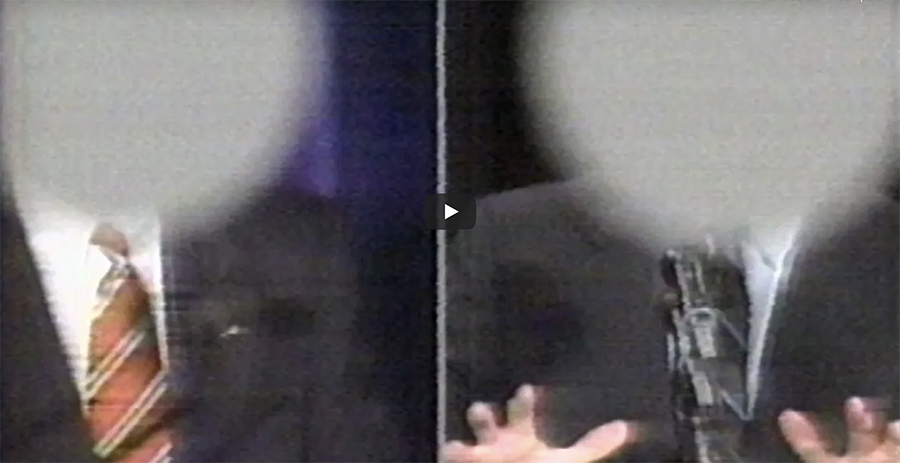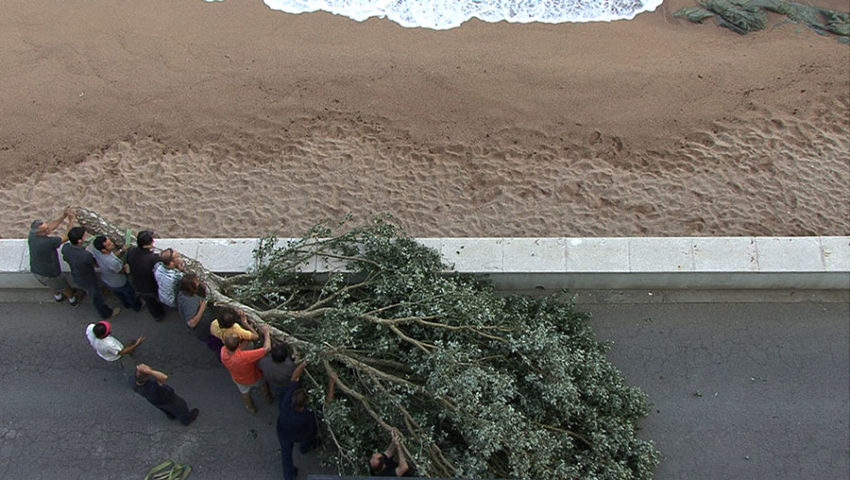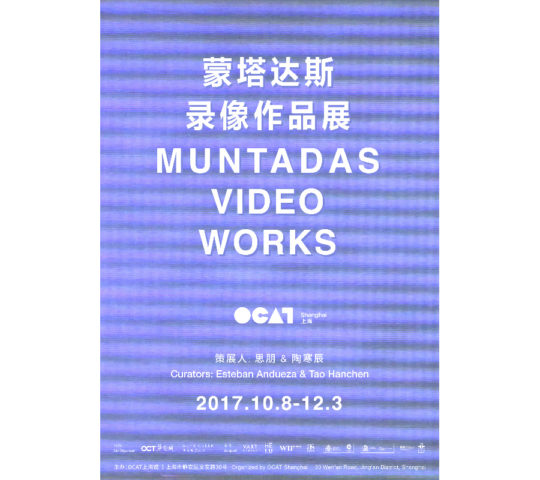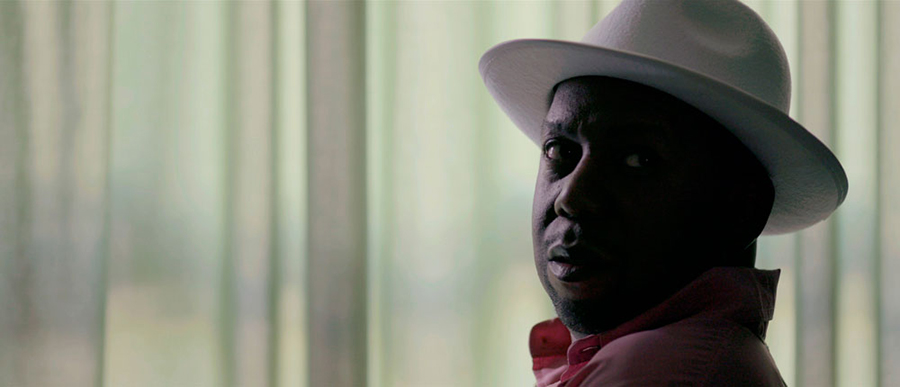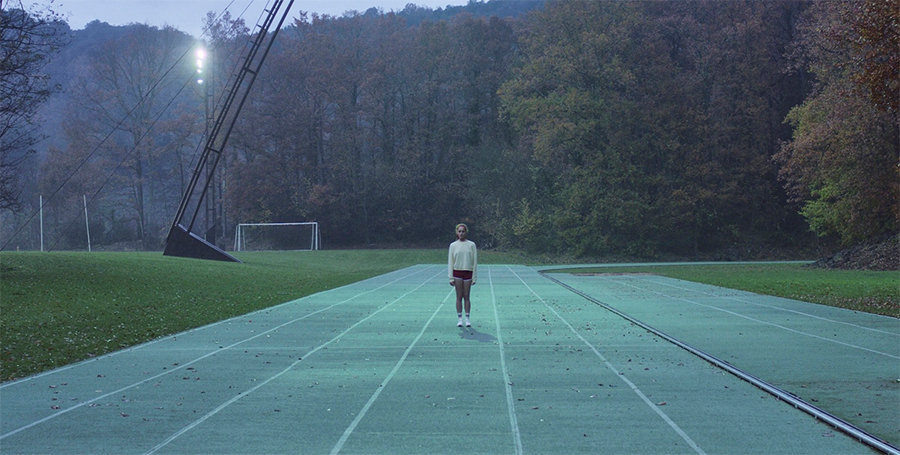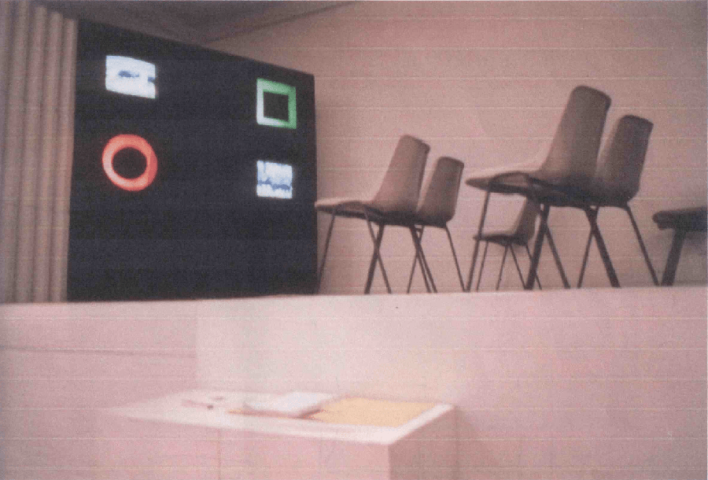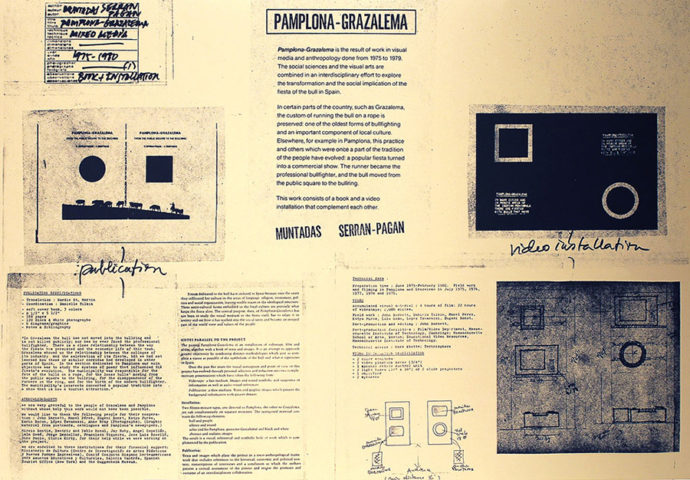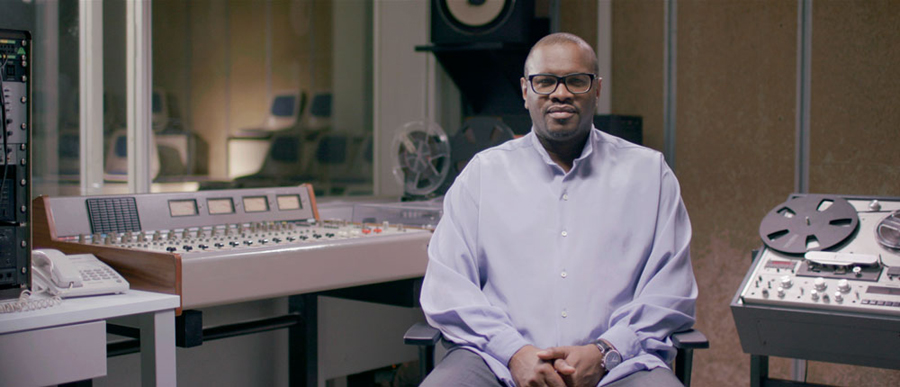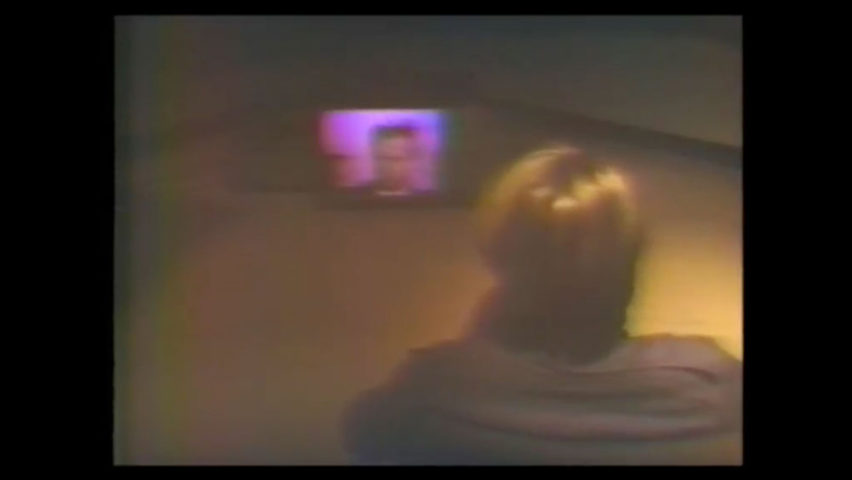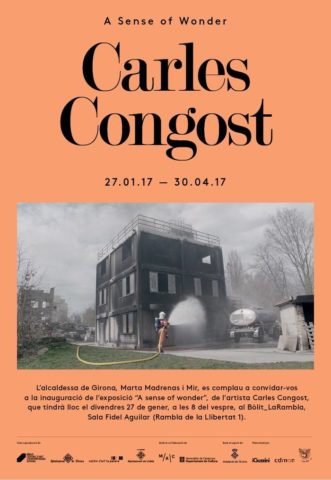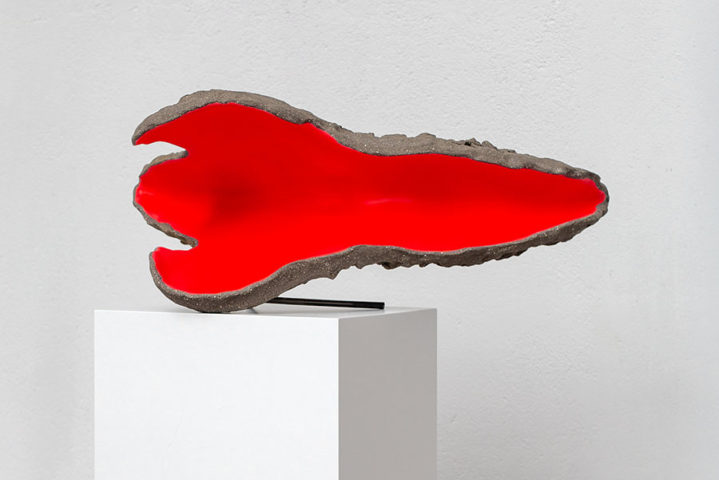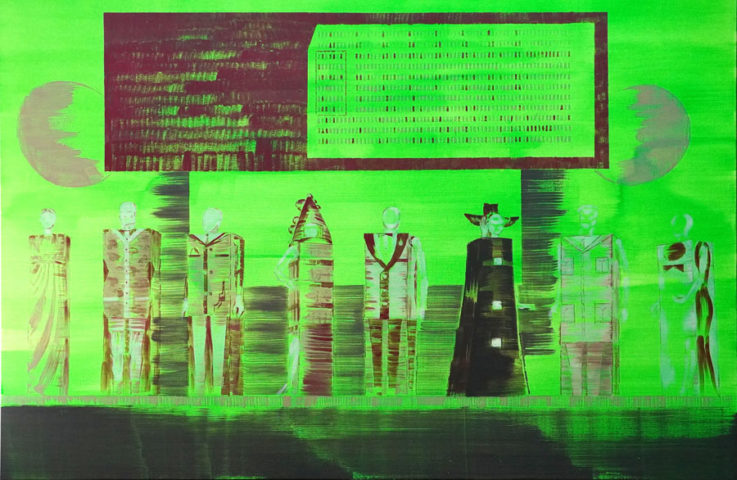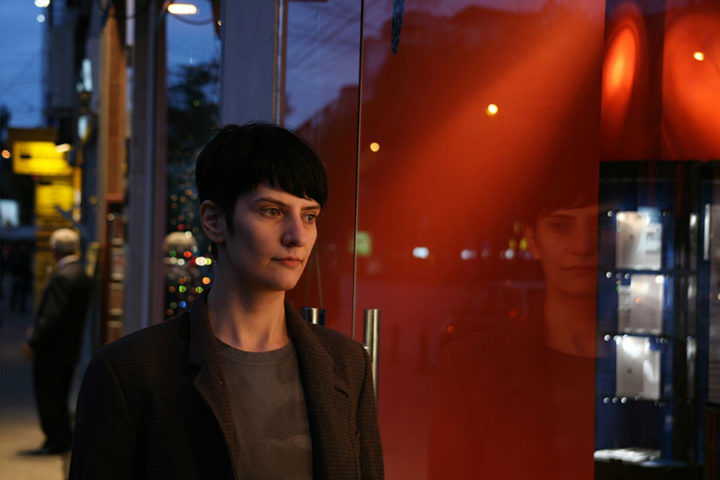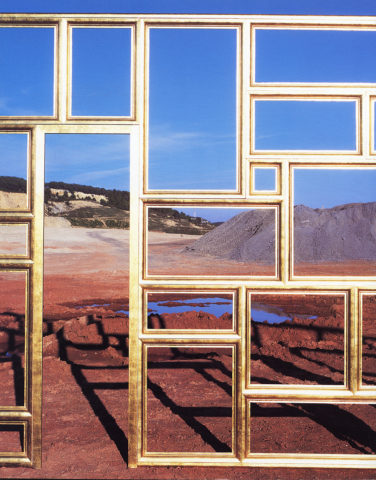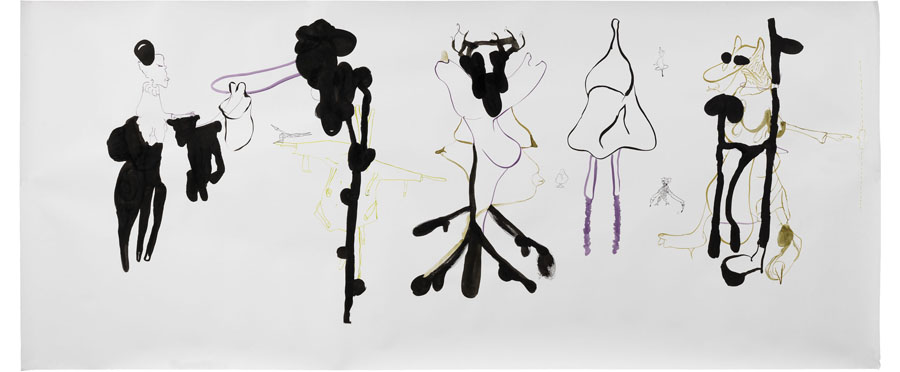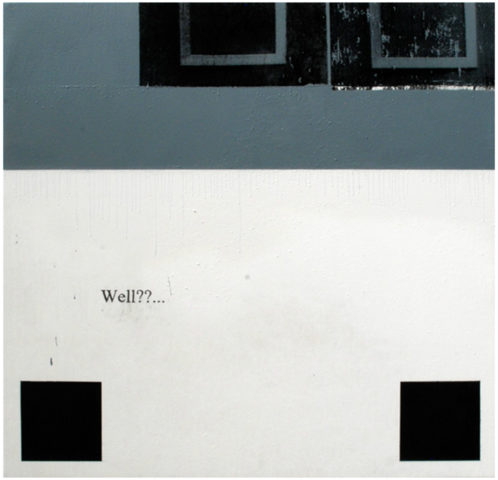We are pleased to participate to LOOP FAIR 2023, which takes place in Hotel Almanac Barcelona, from 21th till 23th of November, 2023. We are presenting a recent work by Cabello/Carceller Una película sin ninguna intención, 2022 (A Film With No Intention), a 3-channel video installation that will takes on a particular resonance in the hotel room.
“Una película sin ninguna intención is inspired by a brief fragment — only a few seconds — of the film Les rendez-vous d’Anna by Chantal Akerman. The action places the protagonist alone in a nondescript hotel room. Anna has just entered. She goes to the windows and, before opening one of them, draws back a sheer curtain in order to observe an industrial city outside. The scene does not reproduce the original script of the film. If it had been faithful to what was written, the world that the protagonist contemplates from the window would have been visually shared with the public; but ultimately, in the images we can only see the protagonist from behind, looking outward.
What interested us most about this seemingly insignificant scene was its ability to evoke the life experience of those of us who, due to different circumstances, do not fit into the hegemonic model of coexistence. Isolation, incomprehension, distance, body. Anna leaves that room and pretends to interact with the others. In Una película sin ninguna intención, A. (a polysemic abbreviation in reference to Franz Kafka’s character K., to whom Akerman also may have referred) occupies an indefinite space in front of three windows, a sheer curtain, and an opaque curtain. Unlike Anna, A. never leaves that physical space.”
Cabello/Carceller
